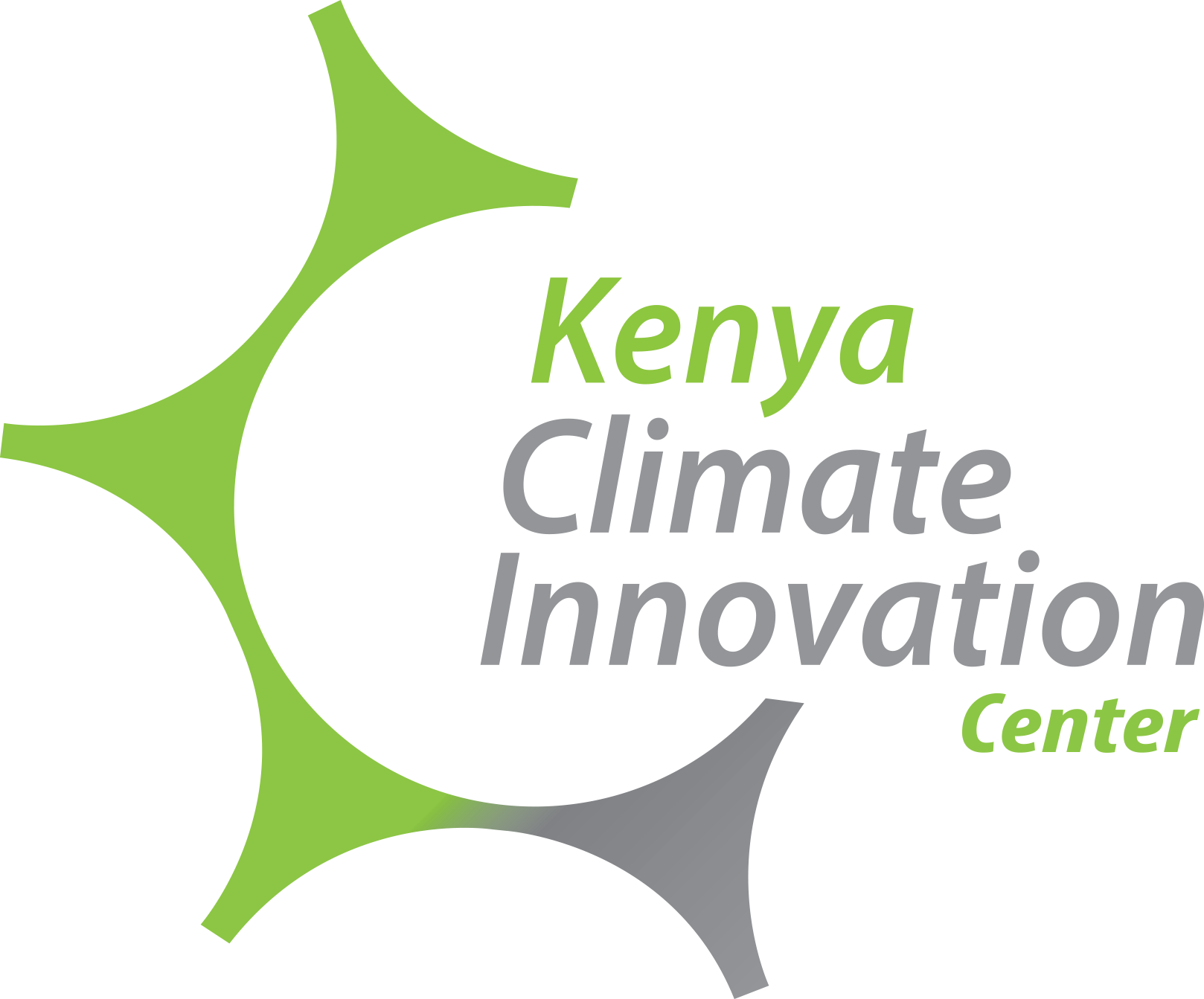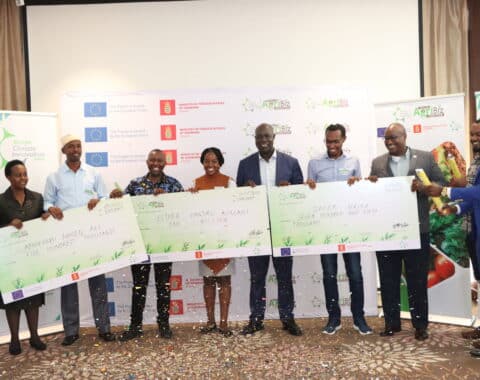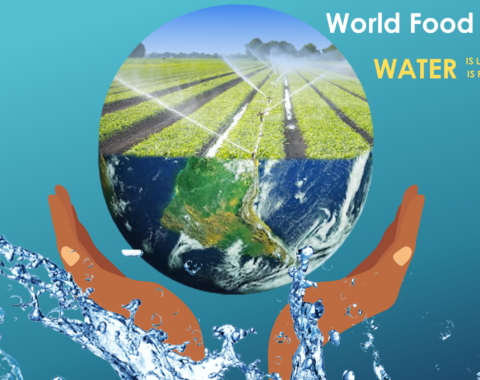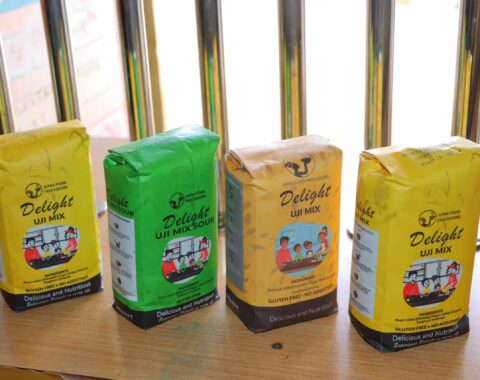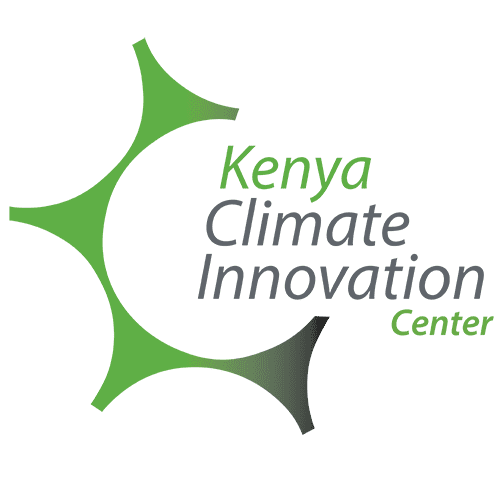
Innovations are and will continue to be essential in the fight against climate change. Not only are they necessary to reduce greenhouse gas emissions (mitigation), but they are also needed to deal with the negative effects of climate change and/or exploit any positive ones (adaptation). As the future of global development is threatened by climate change- and its effects are already being felt in some of the most vulnerable communities on earth, innovation is required in both areas. However, detractors often cite concerns that economic growth and environmentally sound practices cannot go hand-in-hand.
Despite the challenges, the creation and diffusion of new technologies actually offers an exciting opportunity to both confront climate change and boost economic development through the creation of clean tech enterprises. As a result, the private sector will play a vital role in encouraging innovation- which is what that KCIC promotes in its incubation of SMEs in the fields of agribusiness, renewable energy, and water management. In fact, the World Bank Group estimates that “investments in 15 clean technology sectors in 145 developing countries are expected to exceed $6.4 trillion over the next decade, with a quarter of that market accessible to small and medium enterprises.”
Some areas for investors to watch in the future of clean technology, as outlined by Morgan Stanley, include energy storage technology to make renewables a more dependable source for electricity grids, vertical farming, carbon capture and storage (CCS), and efficient seeds and crop varieties.
Yet, innovations do not have to strictly take the form of inventions. As Pettengell of Oxfam conceptualizes, “innovation is a combined process of ‘hardware’ (technology, techniques, e.g. mobile phones, seasonal forecasts, new crop varieties), ‘software’ (knowledge, ways of thinking, skills), and ‘orgware’ (new alliances, partnerships, social institutions).”
KCIC clients are already undertaking innovations in the “hardware” category, such as Tamuwa Limited- who converts the waste bagasse (the pulp leftover after extracting the juice from sugarcane) from local sugar factories into clean, renewable fuel.
Furthermore, by providing a “safe space” for entrepreneurs to develop their ideas, KCIC fosters “software” innovation in their comprehensive support to their clients.
Lastly, as an initiative supported by the World Bank’s InfoDev and the Danish Ministry of Foreign Affairs, KCIC already operates as joint effort between various development institutions; KCIC has also been expanding its financing capabilities with the recent creation of the independent subsidiary Kenya Climate Ventures (KCV).
Ultimately, mitigating and adapting to climate change and promoting growth are doable tasks thanks to innovations in technology, knowledge, and global partnerships.
By: Alise Brillault

